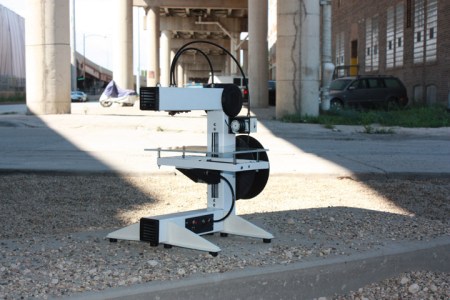UPDATE: We’re getting a LulzBot thanks to [Jeff Moe].
ALL DONATIONS ARE BEING REFUNDED. YOU WILL STILL RECEIVE YOUR STICKERS.
We’ve held out for far too long. Hackaday now needs a 3D printer. We get emails all the time asking why we don’t have a donate button. Well, we’re kind of stubborn and would rather just do with what we have. Unfortunately this hasn’t gotten us very far in the 3d printer department.
We have a few projects in mind that could really utilize a 3d printer, namely building custom game controllers for children with special physical needs.
If you have any interest in helping us get a 3D printer for Hackaday, read on. Otherwise, carry on with your day.
Continue reading “Help Hackaday Buy Our Own 3D Printer UPDATED!”


















